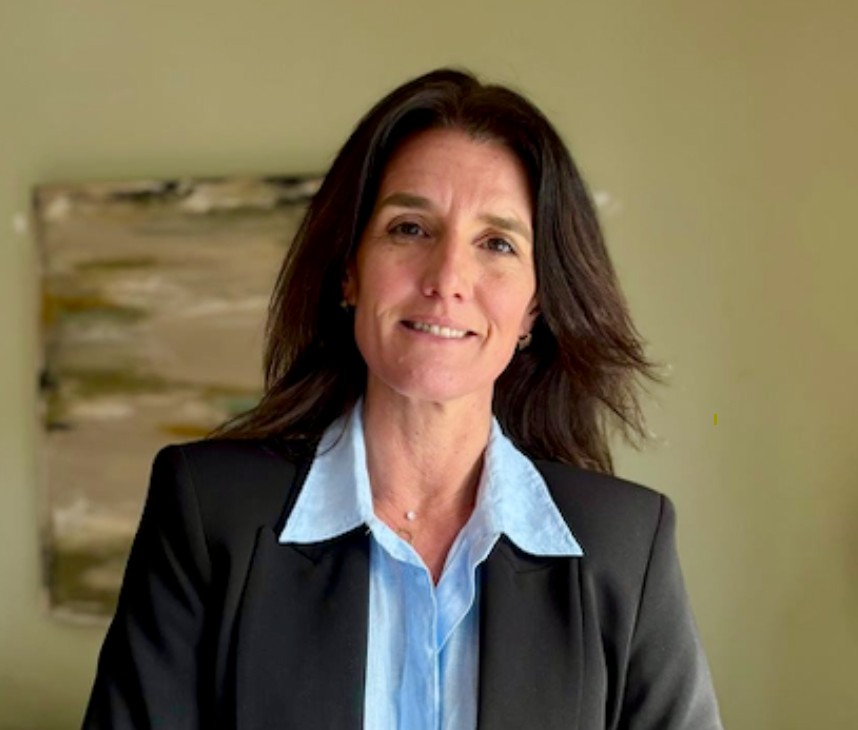Paulina Esposito, the newly appointed Head of Sales Uruguay – Argentina at LarrainVial, is a distinguished professional with over 25 years of experience in the sector. She shares her insights with FlexFunds and Funds Society through The Key Trends Watch initiative, reflecting on the challenges and opportunities that have shaped her career.
As Head of Sales, she aims to position the company as a key player in the region by leveraging its multi-manager model to offer investment strategies based on rigorous analysis and strategic vision. To achieve this, she considers it essential to build trust and communicate the company’s value effectively.
In her approach, Esposito underscores the importance of selecting timeless investment strategies that can endure market fluctuations over time. These strategies are based on consistent processes and strong management teams, enabling investors to navigate volatility confidently. Additionally, she emphasizes the need to educate clients, helping them understand what they are investing in and why a particular investment is suitable for their portfolio.
What are the most important trends currently shaping the asset management industry?
Two key areas stand out: technology and alternative assets. Technological innovation is transforming the industry, driven by a new generation with different training and mindsets. Meanwhile, alternative assets such as private credit and direct lending are gaining relevance, offering stability and diversification in emerging markets like Latin America.
How do you think the industry will evolve—toward separately managed accounts (SMAs) or collective investment vehicles?
The industry will likely adopt a hybrid model combining separately managed accounts (SMAs) and collective investment vehicles. The diversity of clients and capital requires flexible solutions. While high-net-worth investors often seek personalized management due to their specific interests and ability to seize unique opportunities, collective investment vehicles are ideal for more diversified, lower-volume portfolios. In this context, both approaches can coexist and complement each other based on client profiles and needs.
What is the biggest challenge in capital raising and client acquisition today?
One of the most significant challenges is understanding each client’s evolving needs deeply. The key lies in active listening. Today’s investors assess more complex factors than before and seek more than just returns—they want trust, consistency, and a personal connection with their advisors.
This approach requires discipline, consistency, and effective communication that prioritizes client expectations over personal preferences. Becoming a trusted advisor means listening actively and adapting communication to ensure clients feel understood.
What factors do clients prioritize when making investment decisions today?
Decision-making dynamics are shifting. While clients still seek returns, they are increasingly focused on managing volatility and understanding how products behave in turbulent markets. Additionally, investors are paying closer attention to managers’ track records and ability to navigate challenging scenarios.
Liquidity has also become a critical factor, particularly for alternative products. Although alternative investments can provide stability and diversification, their illiquid nature must be explained and understood by clients. Designing a well-balanced portfolio is essential—one that combines liquid assets such as bonds, equities, and funds with global diversification to mitigate the risks associated with sector-specific fluctuations.
How is technology transforming the asset management sector?
Technology is forcing all financial sector players to stay constantly updated. This presents a significant challenge for advisors, as younger generations naturally possess strong technological skills.
Integrating these tools is not just necessary for advisors—it is an opportunity to add value in an environment where technology has made investment platforms and options more accessible. Younger clients are already leveraging these advancements to build savings more efficiently. The challenge, therefore, is to understand these new dynamics while maintaining the relevance of human advisors, particularly in direct client interactions and the personalization of investment strategies.
The impact of artificial intelligence on investment management
According to Esposito, artificial intelligence is beginning to play a crucial role in investment analysis. Many investors already use AI-driven platforms that provide specific recommendations for portfolio adjustments. This pushes advisors to be more proactive and adapt quickly to emerging client needs.
In the past, clients tended to hold certain investments for extended periods. However, AI-generated alerts are now driving a trend of continuous portfolio adjustments. “This shift underscores the importance of communication and client proximity. Without these interactions, advisors risk losing their role in portfolio management.”
In her view, the most critical skills investment advisors need to develop are “active listening and effective communication.” Beyond mastering the technical aspects of financial products, an advisor must understand clients’ needs, goals, and concerns. “The ability to tailor strategies to each client and communicate ideas clearly and simply is crucial in an environment where not all clients have the same level of financial sophistication,” Esposito emphasizes.
Trends and challenges in the coming years
The financial sector is undergoing a generational shift over the next 5-10 years. The younger generations, raised in the digital era, will have different expectations and become more familiar with technological tools. This means the biggest challenge for advisors will be finding ways to add value beyond what technology can offer.
Looking ahead, Esposito highlights key themes and strategies essential for a diversified portfolio. Private credit, infrastructure trends, and global equity positions will be crucial. Additionally, opportunities in emerging markets—particularly in Latin America—should be considered. Countries like Argentina present attractive possibilities but have inherent risks, requiring active management.
Finally, reflection and portfolio rebalancing become indispensable in a constantly evolving market. More than ever, Esposito emphasizes, “the ability to listen, communicate, and anticipate will distinguish those who lead the change from those who fall behind.”
The interview was conducted by Emilio Veiga Gil, Executive Vice President of FlexFunds, as part of the Key Trends Watch initiative by FlexFunds and Funds Society.




